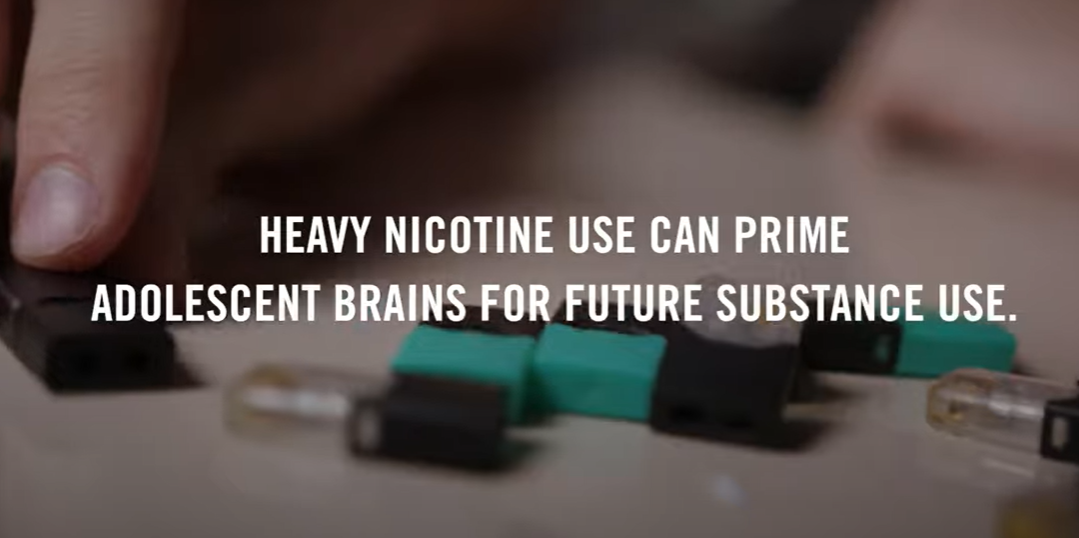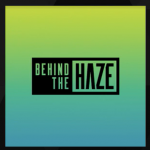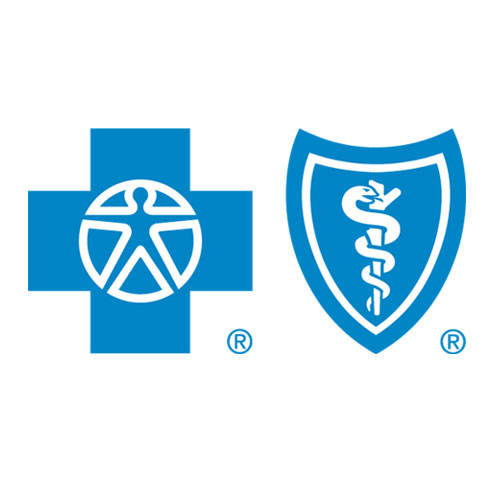Back to school may bring a resurgence of vaping addiction for teens
October 13, 2021Kids are back in school, many for the first time in nearly 18 months. While this return is welcome for both kids and families, it is also a return to in-person social interactions, academic pressure and a myriad of other stressors. All of these can have an impact on student mental health, which makes e-cigarette and nicotine addiction a concern for parents, educators and community health advocates alike.
Before the COVID-19 pandemic closed school doors to in-person learning last year, youth e-cigarette use was a huge problem. According to a 2020 study, 3.6 million kids were using e-cigarettes, including one in five high school students. The newest CDC data suggests that youth vaping numbers dropped during the pandemic, but it isn’t clear whether the drop in use points toward a long-term trend.
We know that vaping use is a primarily social activity, with youth often trying e-cigarettes from friends for the first time. We could see a resurgence in those numbers both because of peer pressure and because the flavored e-cigarettes that kids like are still widely available.

Understanding why youth vape
The Center for Prevention at Blue Cross and Blue Shield of Minnesota highlighted the stories of some of these youth in a mini-documentary called “The State We’re In: Teen Vaping” where youth from greater Minnesota and the Twin Cities metro share stories about vaping and how easy it was for them to become addicted to what they thought was harmless flavored water vapor.
“For me, it was that feeling of being cool to older kids,” said Will, who started vaping at age 14.
“I could finish a [JUUL] pod in less than 12 hours. If I was really anxious or if I was having a really bad day, it would be, like, two pods." – Trella, age 17
Anxiety, depression and stress may also make students reach for e-cigarettes. “I could finish a [JUUL] pod in less than 12 hours. If I was really anxious or if I was having a really bad day, it would be, like, two pods,” explained Trella, age 17 at the time of the documentary. A single JUUL pod can contain the same amount of nicotine as a pack of 20 cigarettes.
 The Center for Prevention in partnership with Rescue Agency has also launched “Behind the Haze,” a teen vaping prevention campaign that leverages the power social media to deliver targeted messaging using relevant and believable facts to youth about vaping, the truth about targeting from the vaping industry and vaping addiction.
The Center for Prevention in partnership with Rescue Agency has also launched “Behind the Haze,” a teen vaping prevention campaign that leverages the power social media to deliver targeted messaging using relevant and believable facts to youth about vaping, the truth about targeting from the vaping industry and vaping addiction.
“The Great Manipulator” centers on the role that vaping may play on exacerbating mental health issues like anxiety, stress and depression, because nicotine can interrupt the role neurotransmitters play in regulating emotions. While vaping may feel like the thing to do to allay anxiety or stress, it may make matters worse.
The urgency of policy change
“In the face of FDA inaction, we need a strong statewide policy to protect Minnesota youth now from these addictive products."
The FDA has the ability to ban menthol and flavored e-cigarettes and other tobacco products but thus far has not acted to do so.
 “In the face of FDA inaction, we need a strong statewide policy to protect Minnesota youth now from these addictive products. Parents, students and community members can and should urge their legislators to work to clear the market of all menthol and flavored e-cigarettes and tobacco products in Minnesota,” says Janelle Waldock, senior director of policy at Blue Cross and Blue Shield of Minnesota and co-chair of Minnesotans for a Smoke-free Generation, a coalition of more than 60 organizations that share a common goal of eliminating ability of the tobacco industry to harming people and our communities.
“In the face of FDA inaction, we need a strong statewide policy to protect Minnesota youth now from these addictive products. Parents, students and community members can and should urge their legislators to work to clear the market of all menthol and flavored e-cigarettes and tobacco products in Minnesota,” says Janelle Waldock, senior director of policy at Blue Cross and Blue Shield of Minnesota and co-chair of Minnesotans for a Smoke-free Generation, a coalition of more than 60 organizations that share a common goal of eliminating ability of the tobacco industry to harming people and our communities.
Resources to support youth who want to quit vaping
Parents and teachers are still getting to know what e-cigarettes look like and learning how to spot signs that kids might be vaping or have an addiction problem. In the meantime, we can support our youth and the challenges they face every day in navigating the most unique return to school experiences in recent times.
Blue Cross and Blue Shield of Minnesota and Blue Plus members have access to tobacco cessation coaching without through their insurance coverage. This coaching includes help to quit vaping for members as young as age 13. For more information, you can call the number at the back of your Blue Cross or Blue Plus ID card.
Non-Blue Cross or Blue Plus members have free access to the State of Minnesota’s Quit Partner program. My Life, My Quit is specifically designed for teens aged 13 to 17 who wish to quit vaping or any other commercial tobacco product.

